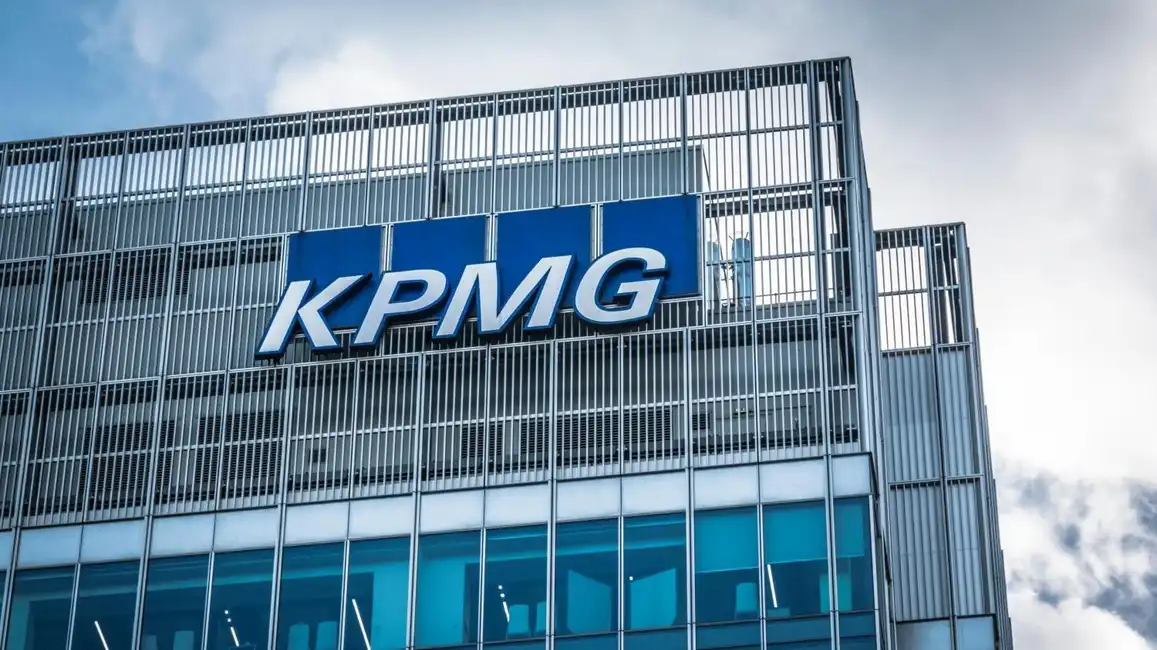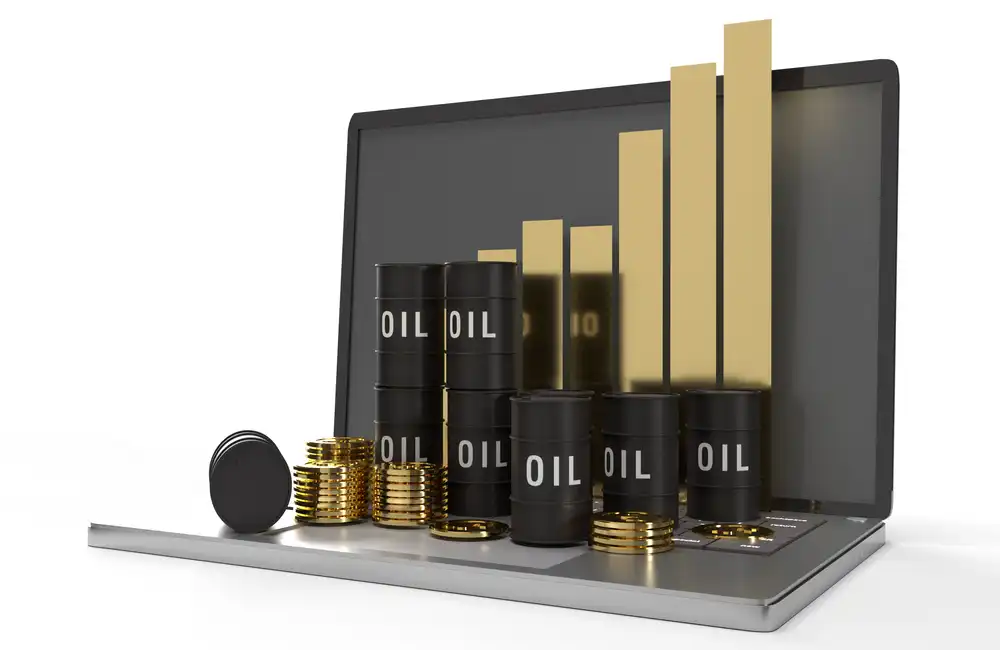The last few weeks have seen a dramatic change in commodity markets.
Brent crude oil prices hit their lowest points since early 2021, while gold prices surged to all-time highs. The recent price shifts in commodities have led UK investors to question how their investment portfolios might be affected. Recognising what drives commodity market movements and their impact helps investors effectively manage today's market conditions.
Brent Crude Oil Price Fluctuations
Recent Price Movements
Brent crude oil prices fell below $60 per barrel, the lowest rate since April 2021. Fears of a global economic slowdown sparked market decline, which mainly resulted from growing trade war tensions. The U.S.-China trade war, which involved steep tariffs from both countries, has disrupted global markets and caused a decline in oil demand.
Brent crude started to recover after hitting its lowest point since April 2021 when the U.S. implemented a 90-day suspension of specific tariffs. Trading concluded with oil prices rising back to $63.90 per barrel. The recent movements have demonstrated the persistent uncertainty affecting energy markets.
Influencing Factors
Trade Policies and Tariffs
U.S. trade tariffs, which set a 104% rate on Chinese imports alongside China's and the European Union's countermeasures, have weakened worldwide economic prospects. The UK faces potential trade disruptions and financial instability due to these developments. The decline in oil prices points to dwindling demand because businesses are reducing production and travel due to fears of a recession.
OPEC+ Production Decisions
Starting in May, OPEC+ implemented an oil production increase of 411,000 barrels per day. The decision to stabilise long-term supply has worsened immediate pricing pressures by adding to an already demand-weakened market.
Implications for UK Investors
UK investment portfolios experience significant effects from oil price changes, specifically when they include energy stocks and funds. When oil prices decrease, energy companies typically experience reduced profits, leading to subsequent declines in their stock prices. The general market mood, which correlates with energy price movements, also affects the performance of overall equity markets.
Strategies for Investors:
- Diversification: Investors should maintain asset class diversity in their portfolios to reduce concentrated risk from stock market fluctuations and energy sector volatility.
- Energy Transition Funds: Investors should explore renewable energy funds or those that invest in novel energy solutions because they offer a different way to gain exposure to the energy market while considering future demand changes.
Gold Price Surges
Recent Price Movements
After their recent surge, gold prices reached a new high of $3,000 per ounce. The precious metal demonstrated its traditional role as a secure investment during market instability. Gold is the preferred option for risk-averse investors who need stability during volatile periods, despite experiencing minor corrections after reaching peak prices.
Influencing Factors
Geopolitical Tensions
Investors worldwide have adopted a more cautious approach due to the intensifying U.S.-China trade tensions combined with policy uncertainty. Market uncertainty has led investors to seek safety, which has boosted the demand for gold as a dependable store of value.
Monetary Policies and Inflation Concerns
The worldwide fear of inflation and worries about currency depreciation have augmented gold demand. Gold protects investors from deteriorating fiat currencies as global central banks contemplate policy changes, which could include interest rate reductions by the Bank of England.
Implications for UK Investors
Investors who include gold in their portfolios can achieve essential stability throughout turbulent market periods. Because gold shows minimal correlation with different asset categories, it becomes a useful tool for portfolio diversification. Investors need to consider the possible disadvantages of this asset, which include its potential lack of income generation and vulnerability to interest rate fluctuations.
Strategies for Investors:
- Moderate Exposure: Based on their risk tolerance levels, investors should keep their gold allocation within 5-10% of their overall portfolio.
- Gold ETFs: Exchange-traded funds (ETFs) that follow gold prices are a convenient investment option because they eliminate the need for physical gold ownership.
Investor Behavior and Market Outlook
Shifts in Investment Allocations
UK investors have started analysing their investment portfolios due to recent market volatility. They are shifting their investments away from underperforming UK equities while favoring U.S. funds, which seem more dependable amidst global instability. Investors are becoming more attracted to haven assets such as gold and diversified global funds.
Investors who switch assets to mitigate domestic risks face potential drawbacks, including unstable currency exchange rates and increased reliance on the performance of U.S. financial markets.
Future Outlook
Changes in geopolitical events and macroeconomic policies will continue to influence commodity prices strongly. Analysts predict Brent crude prices could decrease to about $40 per barrel if trade disputes remain unresolved. The price trajectory of gold could continue its upward trend as long as inflation worries and geopolitical tensions persist.
Positioning Portfolios for the Future:
- Stay Balanced: Your investment portfolio should be diversified to balance risk management and returns. Do not allocate too much of your investment to any single asset class to mitigate risk exposure in volatile sectors such as energy.
- Adapt to Geopolitical Risks: Monitor trade policy changes and geopolitical tensions closely. Choose investment types and funds that benefit from worldwide diversification.
- Leverage Expertise: Financial professionals can assist investors in formulating allocation strategies that match their specific risk tolerance levels and investment objectives.
Final Thoughts
Fluctuations in modern commodity markets demonstrate the complicated relationship among global trade patterns, supply-demand forces, and market investor sentiment. The current market movements present both difficulties and potential benefits for UK investors. Investors who understand market drivers and implement disciplined strategies can improve their ability to handle market volatility while working toward long-term success.

















